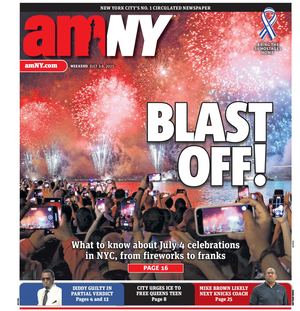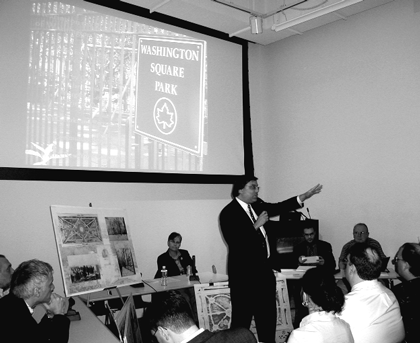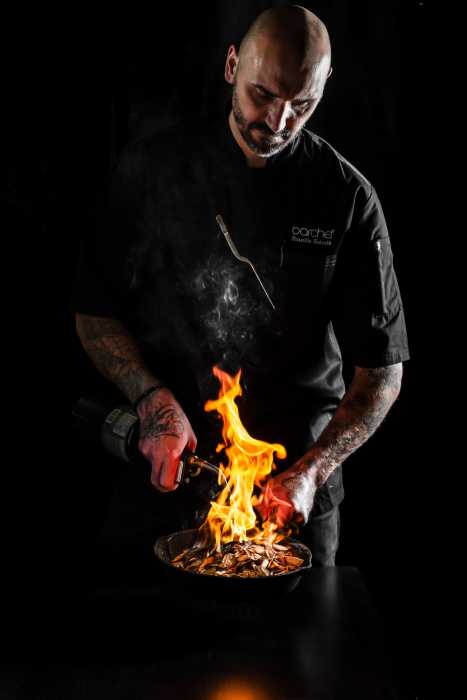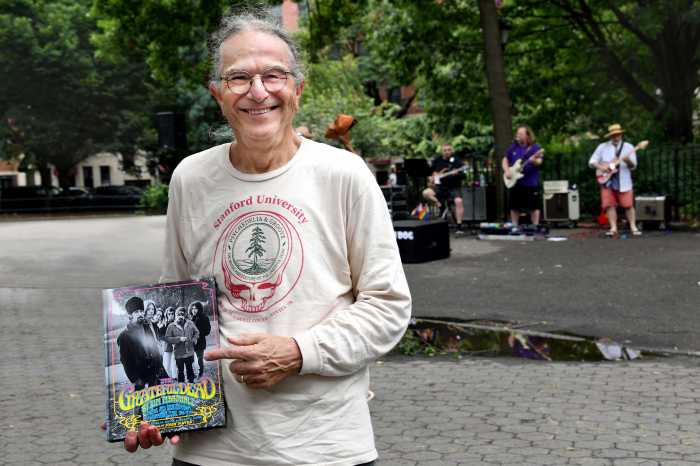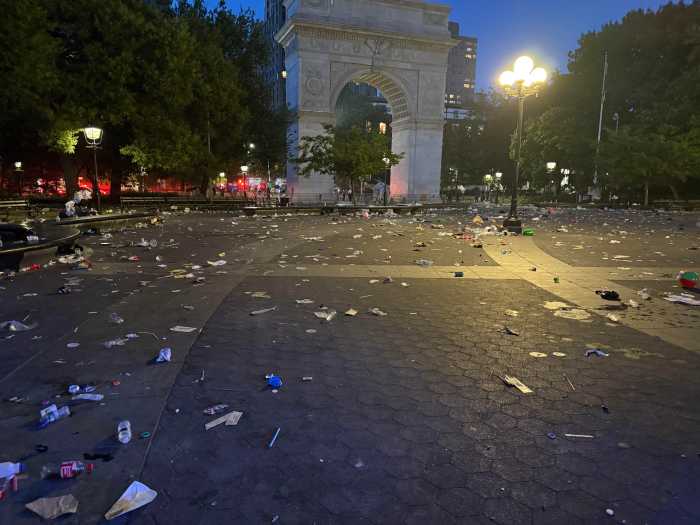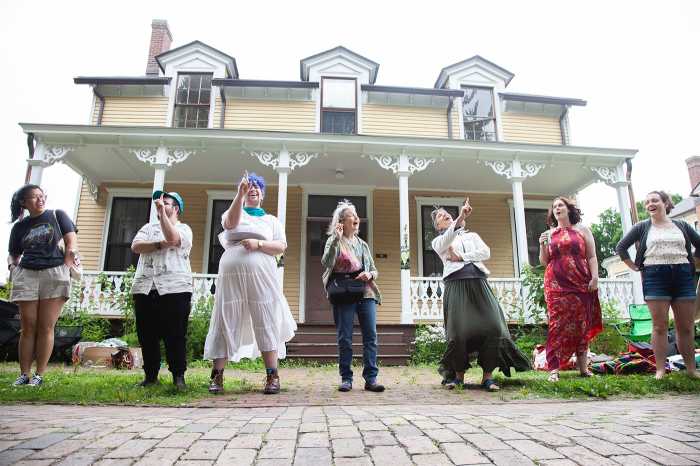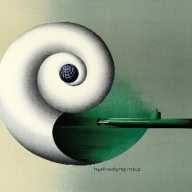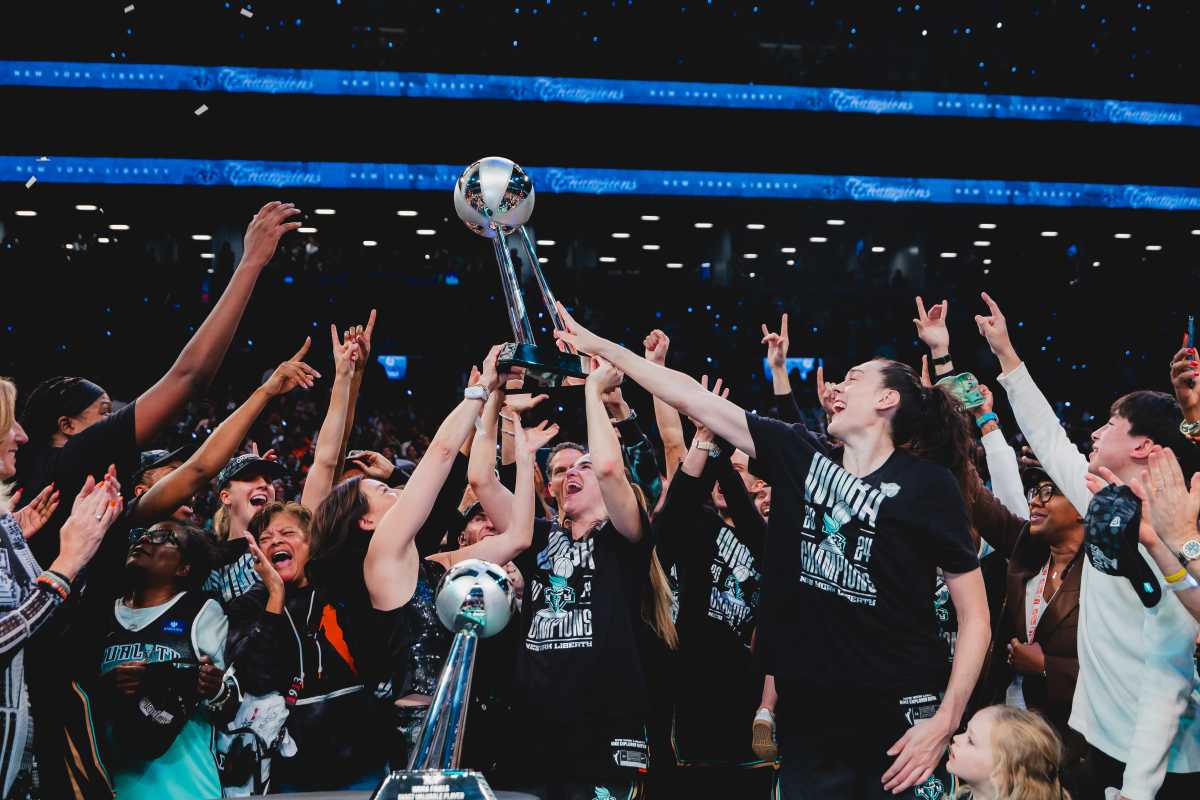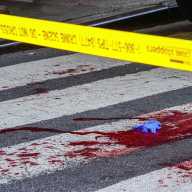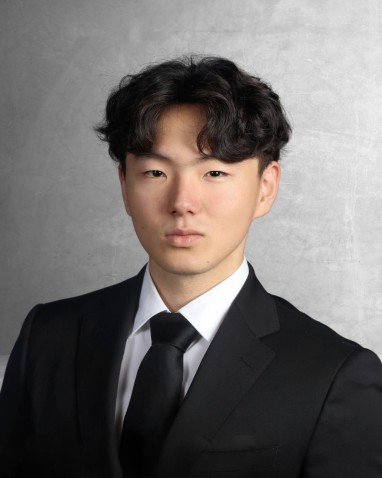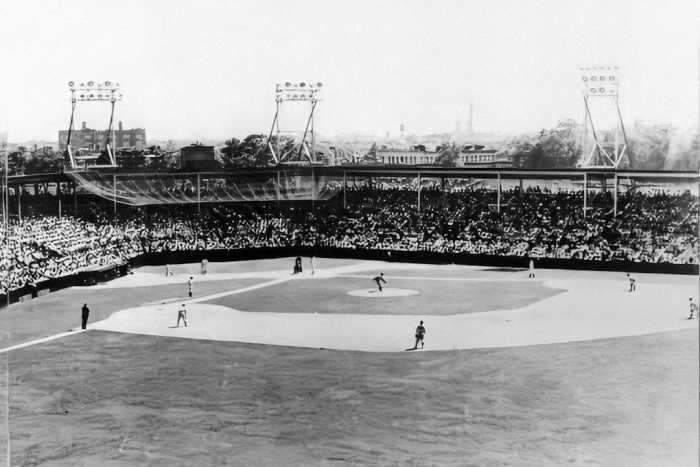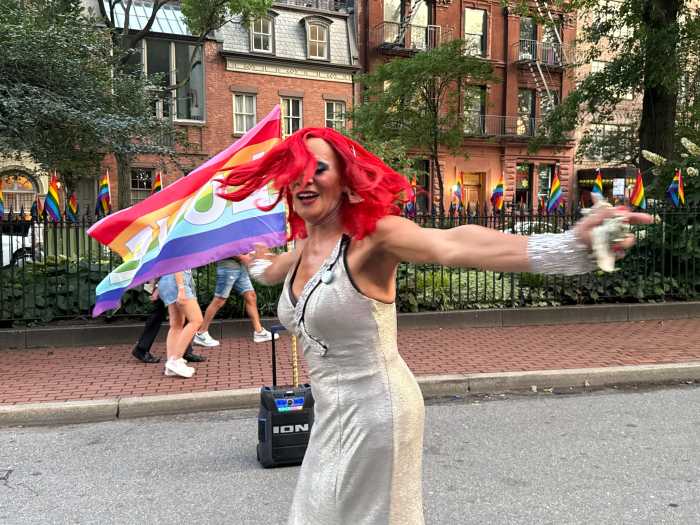By Lincoln Anderson
Adding a wrought-iron fence was slammed as an attack on free speech, the idea of centering the park’s fountain was ridiculed as pointless, suspicion that New York University is somehow behind it all was widespread and discrimination against Scrabble was even alleged at last week’s public hearing on the renovation plan for Washington Sq. Park.
Following two contentious public meetings earlier this month at which the square’s proposed redesign drew angry barks from dog owners and saw worried parents scrambling to save the play mounds, last Wednesday at the Center for Architecture on LaGuardia Pl., Bill Castro, Manhattan borough Parks commissioner, and landscape architect George Vellonakis presented a slightly modified plan intended to address some of the concerns.
The intention to relocate the two dog runs to the park’s southern edge remains. But, in keeping with dog owners’ wishes that the runs for small and large dogs not be next to each other, the design now calls for them to be separated by about 75 ft. Also — responding to dog owners’ complaints that the previous shape was too narrow — the planned run for large dogs is now more circular.
Also, the area where the fenced-off children’s climbing mounds are now located will be a dedicated play area of some sort for children ages 6 to 12. However, whether keeping the three, 6-ft.-tall humps — an issue that sparked heated shouting at one of the earlier meetings — will be restored is still unclear.
In addition, the existing children’s playground in the park’s northeast quadrant would be significantly enlarged.
Despite the latest tweaking of the plan, the majority sentiment among the audience of about 150 people last Wednesday was one of resistance to the project. Part of this undoubtedly was a product of the process, which, until recently, essentially excluded community input other than key stakeholder groups around the square, such as N.Y.U., the Washington Sq. Association and Washington Sq. Park Council. When Parks unveiled the redesign earlier this month, although it wasn’t stated as such, it seemingly did so with a feeling it was a fait accompli. Parks intends to start work in as soon as four months.
Yet, City Councilmember Alan Jay Gerson, one of the meeting’s sponsors, whose district includes the square, assured that the community’s feelings about the redesign will be taken into account.
“I will make sure this community is listened to — though knowing this community, we know how to make our voices heard — and we will,” Gerson said.
On the subject of the mounds’ fate, he added, “I am determined that as part of the final design of the park we serve the preteen age group, whether it is through the mounds or something else.”
“It is not — and I want to stress this — a radical redesign in any way,” Parks’ Castro said as he and Vellonakis described the plan. Yet, every change, even seemingly minor ones, was met with bursts of indignation. As Castro started to discuss how a short path in the park’s northwest section would be removed, he was interrupted by accusing shouts of “Why?!” “Why?!” Slowly — making a visible effort to keep his cool — Castro explained, “Because… we… want… to increase… the green space.”
Who’s behind this?
“I’ve got to wonder — what kind of strings N.Y.U. has attached to this, and what role they’ve played in this secret plan,” said one woman, eliciting shouts of “Yes!” “Yes!” from the crowd. “And making their graduation ceremony more convenient — I don’t expect to get an honest answer,” she said.
“N.Y.U. has exerted no influence on this plan…” Castro said, as — “Ohhhh!” — a loud groan of disbelief and skeptical laughter swept the room. Castro listed all the politicians, groups and institutions that have contributed funds to the $16 million project, including N.Y.U., which has given $1 million — as someone from the audience interjected “And the Tisch family has put in $2 1/2 million!” for the renovation of the fountain and plaza. The Tisches are among the university’s biggest donors.
The only thing N.Y.U. requested was that the dog runs not be moved near Bobst Library, “but they didn’t demand anything,” Castro said.
Councilmember Margarita Lopez, who had listened with concern, had to leave early, but vowed on her way out, “I will not allow an institution to take over the park,” sparking cheers of “Bravo! Bravo!” Lopez has allocated funds for the square’s renovation, even though it is outside her district, for which she has taken heat from political opponents. Councilmember Christine Quinn also attended for part of the meeting.
Jonathan Greenberg asked if the renovation would decrease seating in the park. On the contrary, Castro said, there would be a 27 percent increase, with 72 more benches added.
Although Vellonakis attempted to make the dog run designs more to the dog owners’ liking, evidently not all were satisfied. There was lingering concern over whether the proposed southern perimeter location would be in shadow too often, discouraging dog owners from socializing there very long.
“There are only two hours of sunlight in the morning” at the new spot, said Thomas Barton. “That sense of community — I hope we don’t lose it with the new location.”
Castro said now the sun is at its lowest point on the horizon, meaning the spot is getting the least amount of sunlight, but that it would improve during the rest of the year.
Performance anxiety
Peggy Friedman, executive director of the Washington Sq. Music Festival, said they’d like to keep the elevated, cement Teen Plaza — which Parks’ plans to make into a lawn — as their performance area.
“I’m happy with the existing space,” she said.
Board games — chess in the square’s southwest corner, Scrabble, bridge and other games in the northwest corner — were another issue.
“Washington Sq. Park within the last 20 years has become a magnet for Scrabble players from all over the U.S.,” said Arnie Weisberg. “Tour guides to the park mention Scrabble more often than the Hanging Tree.” Weisberg said the tabletops shouldn’t have built-in chessboards, calling it “political” and unfair to Scrabble players.
Gerson said the chess area “will be kept and enhanced.”
more Grass in the park
Sitting together in the front of the audience were those backing the Vellonakis plan, including members of the Washington Sq. Park Council, a group that was revived by several young parents living around the square, who have raised $250,000 in private money for the project.
Matt Bardin, Washington Sq. Park Council co-chairperson, noted he got involved with the organization a year and a half ago after going to a meeting about the park “where people were screaming at each other.”
“You ask people what makes parks better, and they say, ‘Lawns,’ ” he noted. “Most people think of Washington Sq. as a concrete park. Think about a big lawn on a summer day where people can sit.”
“I’m surprised at the resistance to change I’m seeing in this room,” said Sara Goodman, the Council’s other co-chairperson. “When I walk and talk to people, everyone is excited about [the plan]. We can all agree that the renovation of this park is important for our community.” While she said she supports a dedicated area for 6-to-12-year-olds — though adding this doesn’t necessarily have to include the mounds — she said it’s important to have mixed-use areas, as opposed to ones dedicated to specific uses. Others sitting near them similarly expressed a preference for lawn space that could be used for family picnics or playing catch, as opposed to what one man called “overprogrammed” areas that would not be used on a regular basis and would thus limit the amount of available open space.
Eliza Nichols, whose father headed a community-led redesign of Washington Sq. 35 years ago, told The Villager that while she’s happy the revised plan now includes a play area for adolescents, the mounds are key.
“I think it’s a really good step forward,” she said. “But the kids need to have something to do in winter too. The mounds serve that purpose and they are the only hills.”
Unsure if the park’s petanque courts might have a sort of sacred cow status, Brian Glasser nevertheless suggested they are underused and that at least they could be covered with a platform part of the time to provide dual use.
However, Xngve Bilsted of La Boule New Yorkaise Petanque said they have 85 members who frequently use the three courts.
“We do come out a lot, even in the wintertime,” he said — emphasizing to a reporter that the sport played in the square is called petanque, not bocce.
Don’t fence us out!
The idea of circling the park with a 4-ft.-high wrought-iron fence on top of an 8-in. granite base to close the park at night sparked strong reactions.
“Parks belong to the people!” one woman shouted.
“This idea of having locked gates to me is horrifying as a Village person,” said another.
Castro said the fence is to prevent “illegal activity” in the park at night. Gerson said that “a group that could not be present” thinks the fence would be good for security reasons.
The park currently has a midnight curfew, but the movable metal gates used are easy to get around.
The rationale for moving the fountain about 25 ft. east to align it precisely under the Washington Sq. Arch when viewed from Fifth Ave. was lost on some.
“Who, before this meeting, even noticed that the fountain wasn’t centered on the Arch?” asked Derrick Berg incredulously.
“The fountain — does it have to be lined up like Versailles — to move it for the sake of lining it up — or what?” queried Heyden Brand.
As for raising the sunken plaza area to ground level, some contended that the current recessed layout allows more spectators to see the performers in the fountain. But Vellonakis said more will be able to watch the buskers if the plaza is brought up to grade level. Gerson said he wasn’t sure about this and isn’t ready to commit to raising the plaza.
Also, Vellonakis said, the ramps to the sunken plaza are at a 45-degree angle, far too steep to meet handicapped-accessible guidelines.
Regarding one of the renovation’s main goals of creating more lawns, several people noted that the park’s current lawns are frequently brown and closed off.
“You talk about green lawns — I haven’t seen green lawns there in five years,” said Mary Johnson, “and it’s fenced off and no one goes in there.”
Instead of a fancy new project and moving the fountain to make the park symmetrical, money should be put into improved maintenance, people said.
Castro said it might take four or five years but the plan is to raise funds to allow for a $200,000 to $300,000 annual budget for the park’s maintenance.
A Parks spokesperson later said that last summer four of eight lawns were closed for renovation and or reseeding, and that this summer six of the eight lawns will be open to the public, possibly barring days after rains, when they might be closed.
The proposed Washington Sq. renovation will be discussed again at Community Board 2’s Parks Committee meeting on Wed., March 2, at N.Y.U.’s Silver Building, 32 Waverly Pl., Room 703, starting at 6:30 p.m.
Aubrey Lees, Community Board 2’s Parks Committee chairperson and co-chairperson of the Washington Sq. Park Task Force, said that the committee plans to vote at the meeting, and that the full community board would then hopefully approve the plan later in the month, allowing Parks to get the needed permits and start work.
“There’ll be a lot of public meetings after, but at least we’ll have gotten the master plan approved,” she said.
Although some at the meeting had felt N.Y.U. was behind the idea for the redesign, Lees took credit for it, saying she first floated it several years ago when she was C.B. 2 chairperson. At that time, shortly after becoming Parks commissioner, Adrian Benepe had presented Vellonakis’s plan at a C.B. 2-sponsored meeting organized by Lees.
“As far as I know, N.Y.U. is a part of it, but not behind it,” Lees said. “It came from the community board. It seems that way to me. There was a real need to have the park renovated and it came from the community.”
